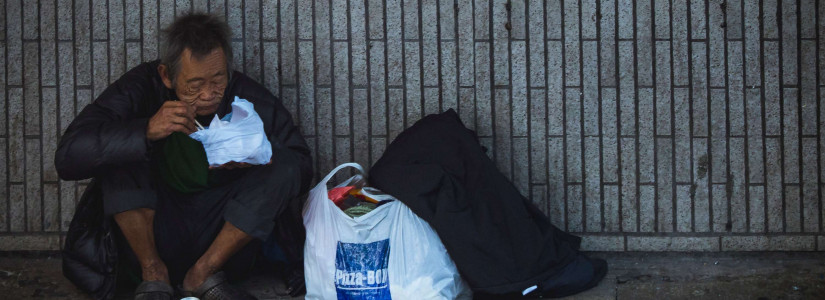Everything That You Need to Know About When You May Get the COVID-19 Vaccine
Now that the world is nearly nine months into the COVID-19 pandemic, there is finally a little light at the end of the tunnel. Next week, the US Food and Drug Administration (FDA) will meet to discuss the request by Pfizer to grant an emergency use authorization (EUA) of its vaccine. Shortly after that, the regulating group will meet to discuss the same type of authorization of the Moderna COVID-19 vaccine.
While members of the White House coronavirus task force are promising that some Americans may receive the vaccine by the end of this year, it is important to understand that this is contingent on the EUA. The vaccine's rollout will also only be available to a very small amount of the population in the first few months.
Here is what you need to about the impending vaccine, including when it may be available for your use.
Understanding the Protocol for Vaccine Approval and Distribution
The US Centers for Disease Control and Prevention's (CDC) Advisory Committee for Immunization Practices met on Tuesday to decide who would be first in line to receive the vaccine. Assuming the EUA is granted, the government's Operation Warp Speed committee said that the vaccine will be available within 24 hours. In anticipation of the approval, millions of doses have already been manufactured and shipped.
Between Pfizer and Moderna, there is expected to be approximately 40 million doses of the vaccine available for US healthcare providers by the end of the year. However, each vaccine requires two doses to reach maximum efficacy. This means only 20 million will be vaccinated prior to the end of December. And this is assuming that all of the approvals move as quickly as possible.
Who Will Get the Vaccine First
As expected, frontline health workers will get first dibs on the vaccine when it becomes available. There are currently over 20 million health care workers and support staff in the country. After the vaccine has been distributed to these essential medical community workers, the nearly three million residents living in long-term care facilities will likely be next on the vaccination list. Health officials say it will be easy to immunize these residents since they are already living in the same place.
What to Expect in January and February
Once these most vulnerable groups of individuals are vaccinated, the list will then move to non-healthcare essential workers, such as grocery store workers and teachers. High-risk individuals will also be in this next phase of vaccination. Together, Pfizer and Moderna have indicated that they have the capacity to supply 50 million doses in January and an additional 60 million more in February and March.
This adds up to a total of 150 million doses between now and the end of March. However, because this is only enough to immunize 75 million people because of the necessary two doses, the shot will be in extremely high demand.
Â
The CDC estimates there are 21 million workers in the medical care community, 3 million long-term care residents, 87 million non-healthcare essential workers, 53 million adults over the age of 65, and an additional 100 million adults living with high-risk medical conditions.
It is important to note that while the CDC can provide guidance regarding the hierarchy of the distribution of vaccines, it is up to the individual states to provide their own list and rollout.
Other Vaccines on the Horizon
The good news is that while Pfizer and Moderna are likely to hit the marketplace with their vaccines first, there are more immunizations not far behind. Pending the approval of these vaccines, the US should see even more does available by March and April.
For example, AstraZeneca is planning to seek US approval for its vaccine by January. Similarly, Johnson & Johnson said earlier that it hopes to have efficacy data for its vaccine by January or February. After that, you can expect to see Novavax attempting to roll out their vaccine. This means that mass vaccination should be in full swing by April and May.
While there is still a great deal of uncertainly regarding the deployment of these vaccines, there is no denying that it is all good news in the fight against COVID-19. If you are considered to be high-risk or essential, it is a good idea to reach out to your medical care provider with questions.












